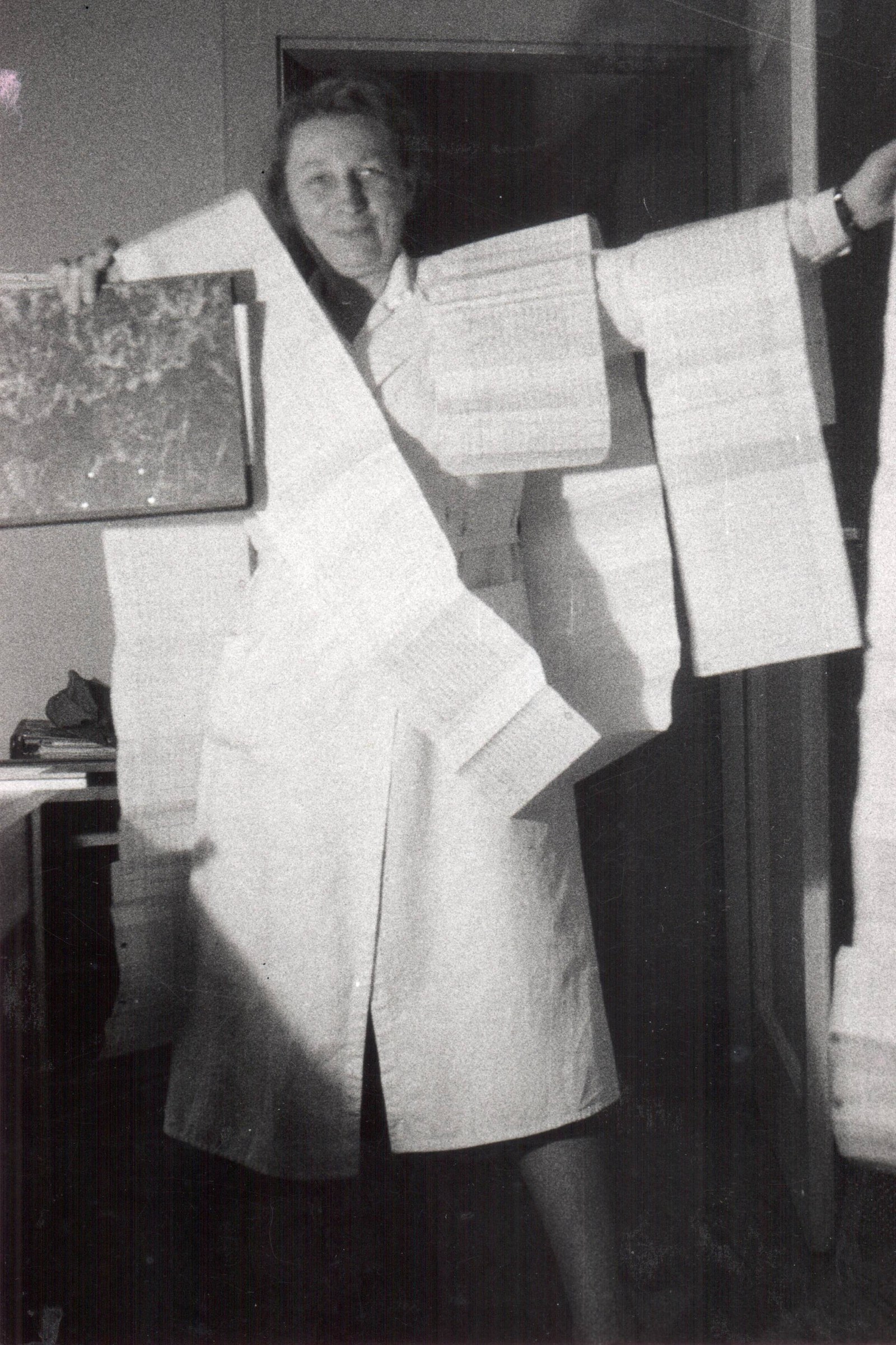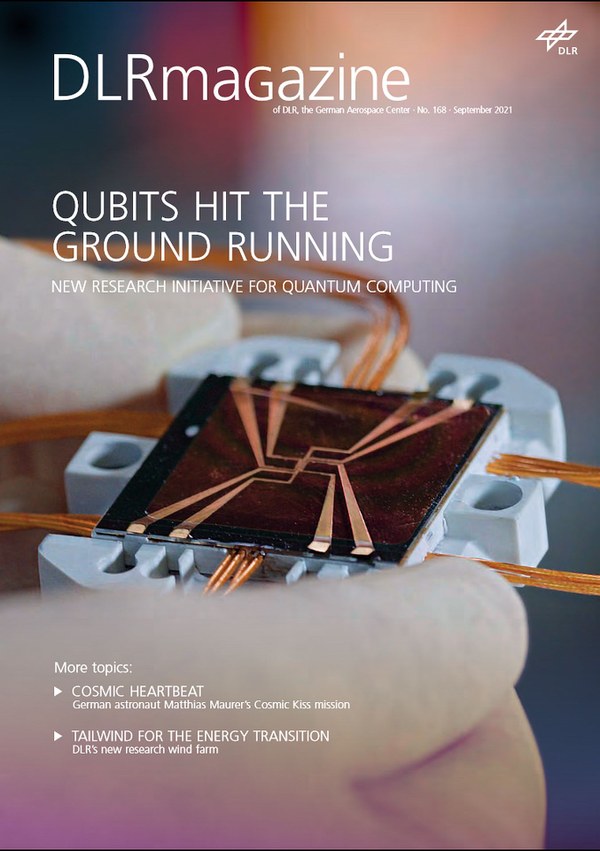Before the emergence of the digital age, female 'computers' kept research alive
The DLR Central Archive stores more than 50,000 documents. Buried among them are some real treasures. Dive with us into the sea of photographs, documents, official records and texts as we search for clues to find them. This first article in the series features the young women who kept research running smoothly in a time before computers.
Today, computers perform most of our calculations. But how did research facilities carry out their calculations when the computer was in its infancy? At that time, human computers were employed to prepare and evaluate measurement data with painstaking attention to detail. A few years ago, the book Hidden Figures was published in the USA, followed shortly by the film of the same name. The story features the mathematicians of the National Advisory Committee for Aeronautics (NACA), which later became the US National Aeronautics and Space Administration (NASA). But similar female computers were also employed at DLR's predecessor organisations.
Genuine handiwork
In 1907, DLR's first predecessor organisation, the Model Research Institute of the Motorised Airship Research Association (Modellversuchsanstalt der Motorluftschiff-Studiengesellschaft; MVA), was founded in Göttingen. Under the direction of Ludwig Prandtl, the first Göttingen-type wind tunnel was built here with a closed circuit. While the MVA only had one wind tunnel at its disposal, the measurement results could still be evaluated by the scientists themselves. The research facility was renamed the Aerodynamics Research Institute (Aerodynamische Versuchsanstalt; AVA) in 1918. As it grew, the quantity of measurement data that had to be processed and evaluated grew with it. The AVA employed a host of human computers for this work. They were mostly young women, who came straight from school and carried out the evaluations of wind tunnel measurements. The human computers worked in pairs, performed their calculations in parallel and compared their results after each step to ensure no errors crept into their work. They were equipped with slide rules and early calculating machines, which made the work easier. As conventional slide rules were not suitable for every kind of evaluation, they also designed new types of slide rules, which they used to solve complicated equations quickly and easily.

In addition to the female computers, there was also a small number of male mathematicians at the AVA. They were mostly mathematics students who worked at the research facility during university holidays. The number of female computers at the AVA increased sharply during the Second World War. The reasons for this were complex. Several new high-speed wind tunnels were installed in Göttingen during this time, and the operation of the plants switched from two-shift to three-shift operation so that the wind tunnels could be operated around the clock. The AVA also took on the management of several outposts in occupied areas, to some of which workers from Göttingen were seconded. Altogether, more than 90 female computers were employed at the AVA in 1944. It is impossible to say how many were employed at DLR's other predecessor organisations at the same time due to a lack of sources, as no personnel files from this time from the other predecessor organisations were preserved. The female computers were paid at similar rates to technical draughtsmen or technical assistants, who helped place models in wind tunnels and recorded the measurement results.
Tuition in mathematics, physics and flight mechanics
To induct the newly employed female computers as fast as possible a special training course was provided at the AVA. The participants were trained both in mathematics and physical principles, and specifically in the field of flight mechanics, to ensure a comprehensive understanding of their future work.
In the late 1940s and early 1950s in particular, electronic calculating machines developed rapidly, and the computing power of the electronic machines developed by Konrad Zuse and Heinz Billing soon far surpassed the computing capacity of the female computers. Their job description also changed as a consequence. They no longer carried out the actual calculations but wrote the 'software' for the electronic calculating machines and ensured their smooth operation.
Unlike their colleagues at NACA and later NASA, the female computers from DLR's predecessor organisations did not pave the way for human spaceflight. Nor has a Hollywood film been made about them. Yet they were an essential part of everyday research and our scientists would have been at a loss without them. Through their perseverance and accuracy in the evaluation of measurement data, they formed the backbone of research. And so, this shows that the oft-quoted prejudice that women are distinctly inferior to men in mathematics has very little to do with reality.



